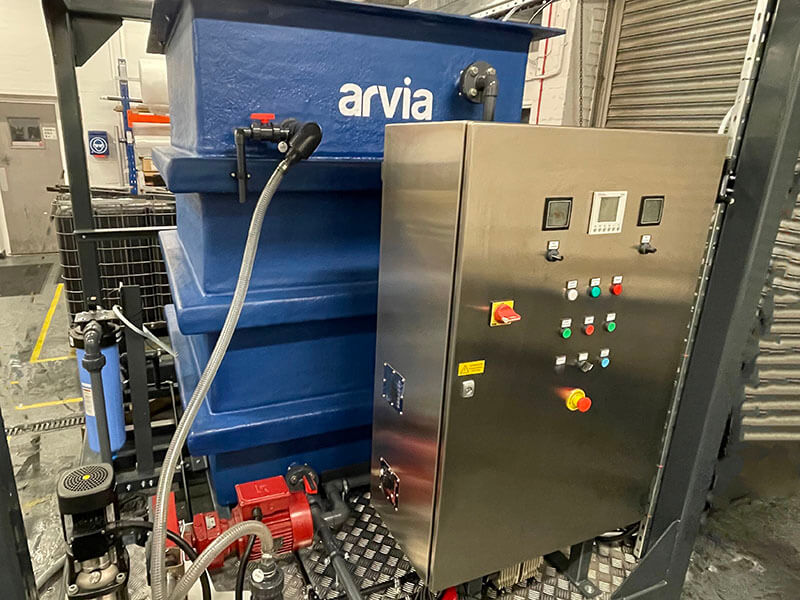EDCs in Our Water: The Alarming Truth
Endocrine Disrupting Chemicals (EDCs) are accumulating in the environment from a variety of sources. The chemicals can mimic the body’s natural hormones and have been linked to various health issues.
Endocrine Disrupting Chemicals (EDCs) are accumulating in the environment from a variety of sources. The chemicals can mimic the body’s natural hormones and have been linked to various health issues.
With an issue of this scale, finding a single solution is unrealistic. Beginning to understand which chemicals carry the potentially damaging effects is a step in the right direction.
Worryingly, approximately 1,000 chemicals have been reported to potentially have endocrine disrupting effects.
Education on EDCs will help everyday consumers of products; however, the responsibility also falls on chemical manufacturers to reduce the amount of chemicals they use which are already known to have dangerous effects.
Fortunately, policymakers are taking steps in the right direction with the introduction of regulations such as REACH which calls for the registration, evaluation, authorisation and restriction of chemicals.
The UN recently released a list of chemicals which had been through at least one “thorough scientific assessment”, having been identified as potential EDCs. The list comprised 45 substances under 18 chemical groups including phthalates, bisphenols and parabens.
The reduction and eventual removal of EDCs from products and manufacturing processes is the only complete solution for chemical companies, however with an issue of this magnitude, this will inevitably take time.
The effective removal of chemical compounds from wastewater streams on-site at chemical manufacturing sites is the initial step. However, although traditional wastewater treatment processes can partly remove EDCs, some traces will still be detectable in effluents.
Many tertiary wastewater treatment processes such as Ozone, Hydrogen Peroxide and Fentons use large doses of chemicals to eradicate trace level compounds. Not only does chemical dosing come at a high price, it also produces a toxic sludge which requires transportation and specialist secondary treatment. This has created a demand for more economical and environmentally-friendly solutions, as in most cases, these processes are not sustainable long-term options.
The good news is that technology is rapidly advancing in this area. There are now state of the art solutions for the reduction of hard-to-treat contaminants from water and wastewater streams.
Advances in technology mean that it is now possible to remove part per million to part per billion levels of EDCs, pharmaceutical residues, personal care products, manufacturing chemicals and pesticides from wastewater.
Arvia’s Nyex™ solution combines adsorption with electrochemical oxidation to provide an alternative solution to treat water without chemical dosing or sludge production.
Organic compounds are selectively targeted, adsorbed and oxidised, leaving the wastewater stream safe and compliant for discharge to the sewer, the environment or reuse.
Conveniently, the system capable of effecting these changes can be easily integrated into an existing treatment train, requiring minimal manpower and maintenance. Rather than treating the whole body of water, organisations can now be more selective, targeting the problematic compounds with smaller operating costs.
Effective wastewater treatment at the source of pollution is the first step in addressing an issue which is widespread. There are alternative treatment options available to support with environmental strategies and manufacturing best practice.
Policymakers are already taking the right steps with the registration and evaluation of EDCs – however both the chemical industry and consumers must begin to counteract the wider problem through the reduction in use and reliance on products which include these chemicals.
The effects of EDCs on our bodies and the environment could be extremely damaging and wastewater treatment must form part of an industry wide effort to counteract the problem.
